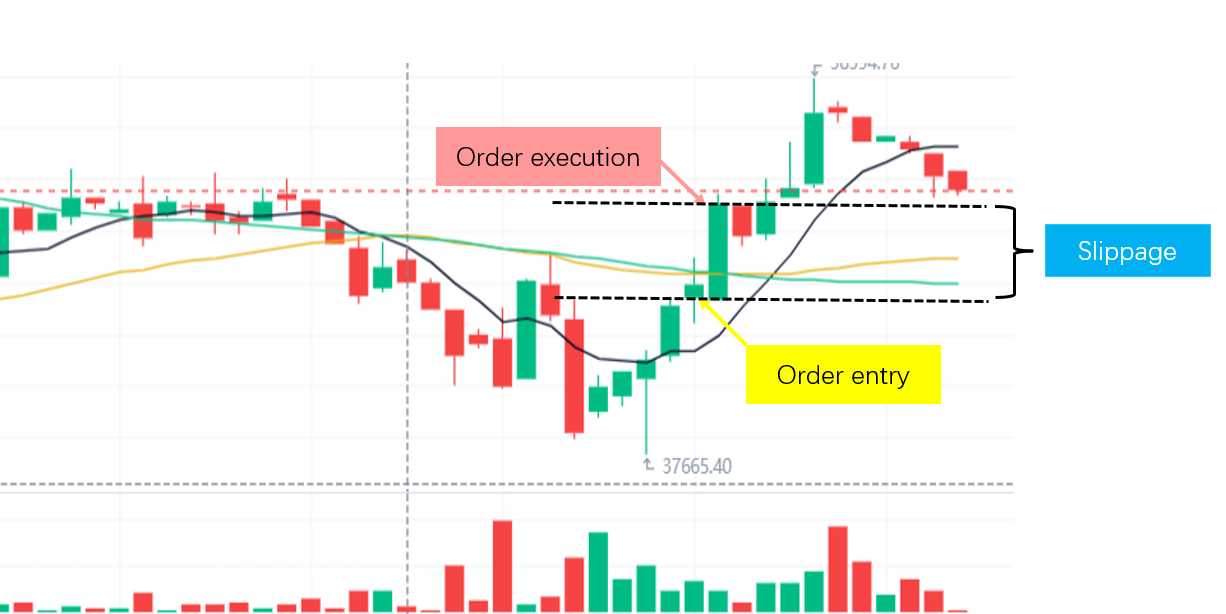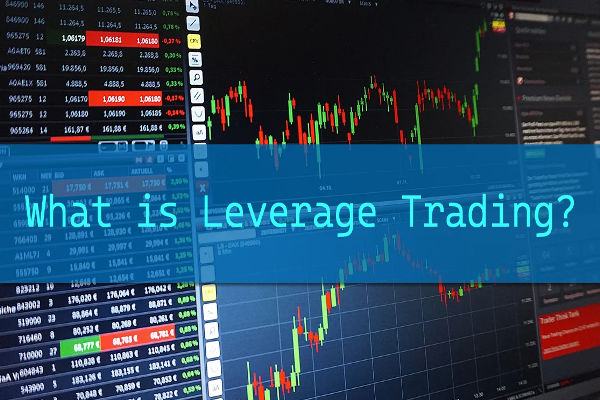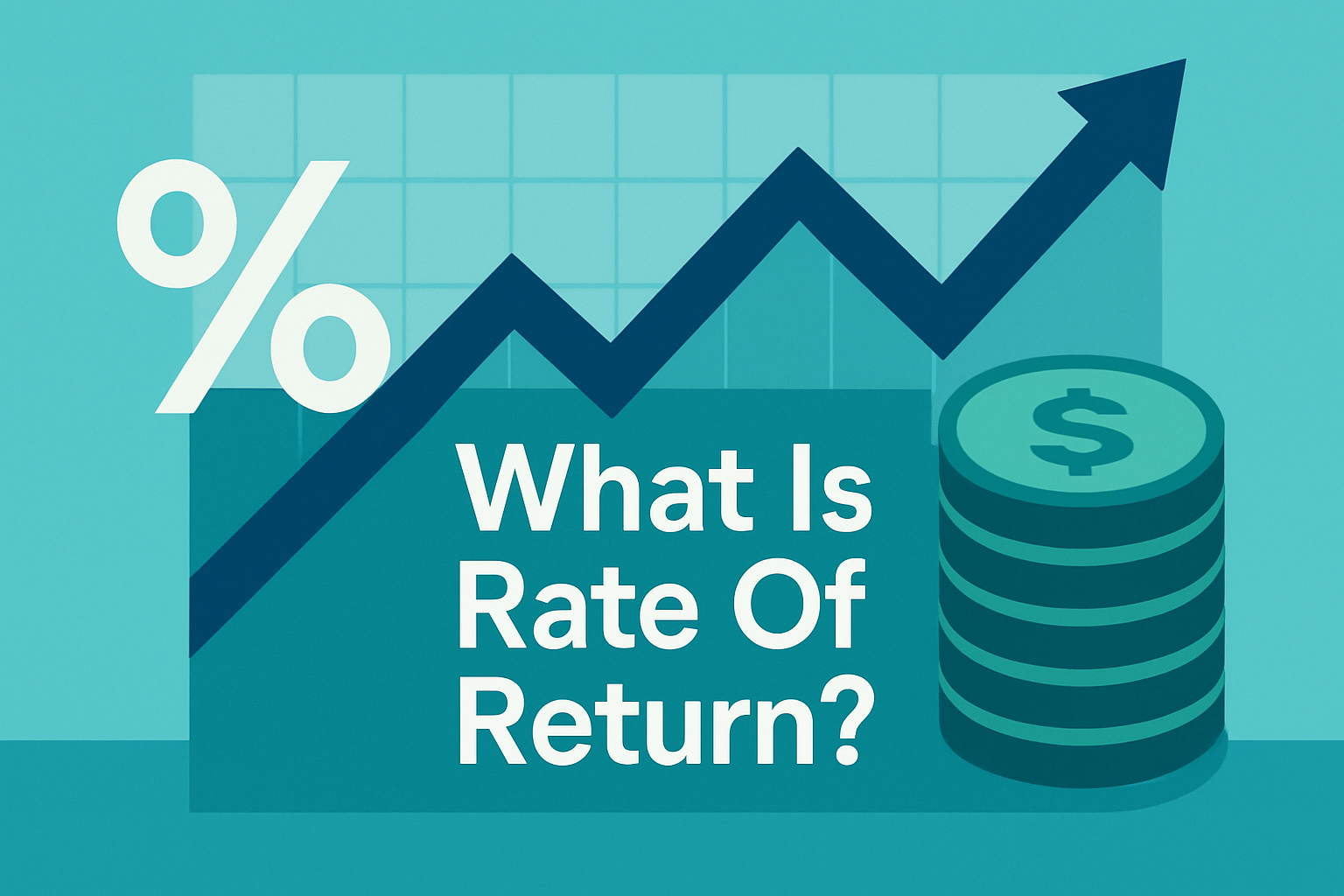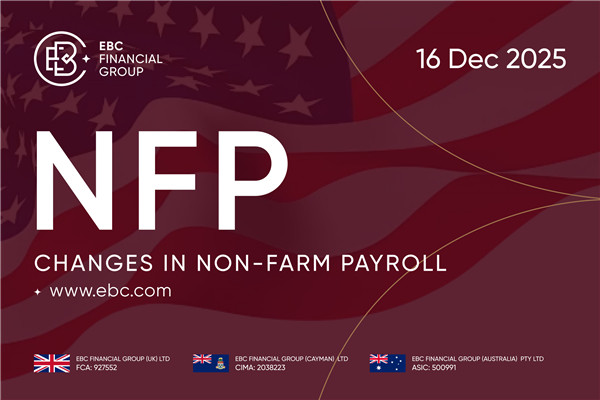How to Calculate the Sliding Point?
Slippage is the difference between the actual trading price and the expected trading price, and it is usually calculated using the following formula:
Sliding point=expected trading price - actual trading price
Among them, the expected trading price is the price you see when placing an order, while the actual trading price is the final execution price of your order. If the actual trading price is lower than the expected trading price, the sliding point is negative; If the actual trading price is higher than the expected trading price, the sliding point is positive.
For example, if you buy one hand (100000 units) of euros in the euro/dollar currency pair, and the expected trading price is $1.2000/euro, but the actual tradign price is $1.1995/euro, then the sliding point is:
Sliding point=1.2000-1.1995=0.0005 USD/EUR
This means that your actual trading price is 0.0005 US dollars/euro lower than the expected trading price, resulting in a sliding point of 0.5 points.
It should be noted that the calculation of sliding points may vary depending on brokers and trading platforms, and some platforms may not provide real-time sliding point data, but only historical sliding point data. Therefore, when choosing trading platforms and brokers, it is necessary to understand their sliding point policies and data provision methods.

How to Calculate the Sliding Point of Futures?
The calculation method of futures sliding point is similar to that of foreign exchange trading, mainly determined by comparing the difference between the expected tarding price and the actual trading price.
Specifically, the sliding point of futures can be calculated using the following formula:
Sliding point= trading price - latest price
Among them, the trading price is the final execution price of your order, and the latest price is the current latest price in the market. If the trading price is lower than the latest price, the sliding point is negative; If the trading price is higher than the latest price, the sliding point is positive.
For example, if you buy one hand (1000 units) of futures on a certain commodity futures contract, and the latest price is 1000 yuan/ton, but your order's final trading price is 998 yuan/ton, then the sliding point is:
Sliding point =998-1000=-2 yuan/ton
This means that your actual trading price is 2 yuan/ton lower than the latest price, resulting in a negative sliding point of 2 points.
It should be noted that the calculation of futures sliding points may vary depending on factors such as futures varieties, contract specifications, and brokers. Therefore, when conducting futures trading, it is recommended to understand the sliding point policies of relevant futures contracts and choose reliable brokers for trading.
【 EBC Platform Risk Reminder and Disclaimer 】: There are risks in the market, and investment needs to be cautious. This article does not constitute investment advice.



























